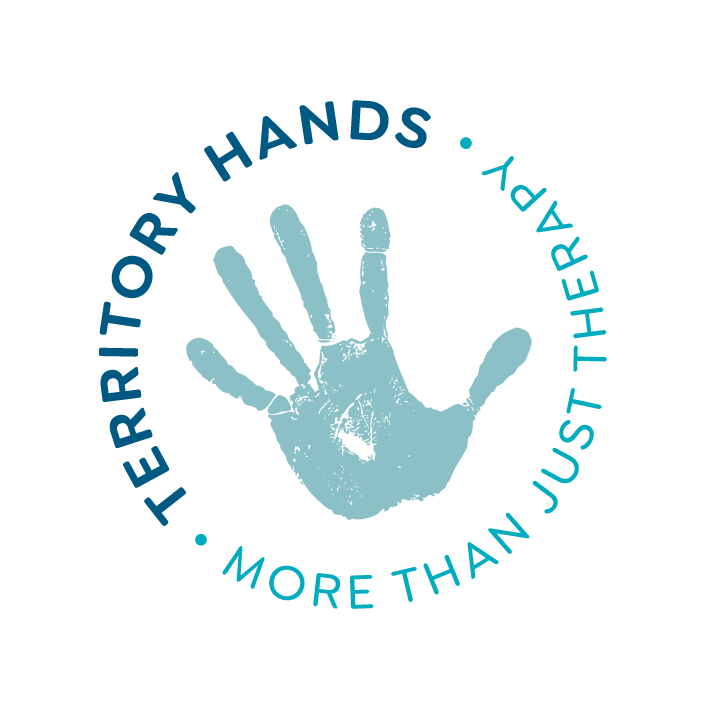It might be that your thumb has been quite badly injured or it’s been dislocated more than once. Injuries to the UCL are classified according to degree of injury and include:
Complete tears of the ligament
Large fractures associated with where the ligament attaches to the bone
Stener’s lesion - more on that below
Gamekeeper’s thumb - another fancy name! Read on.
How are these diagnosed?
A good history of injury and an assessment of your thumb provides important information. There are some ligament stress tests we can do as part of our assessment. photo
As mentioned in the first blog Skier’s thumb in Darwin? link an X Ray will show up a fracture and how large that is. ? XR photo The other imaging options are ultrasound and MRI. These determine the extent of tearing to the ligament and the presence of a Stener’s lesion or complete tear of the ligament.
A Stener’s lesion is when the torn part of the UCL is blocked from it’s attachment by the adductor pollicus (AP) tendon (a strong thumb muscle) which inserts at the same spot. This prevents the ligament healing.
A Gamekeeper’s thumb is the name given to chronic UCL injuries. It might be a repeat injury or one that hasn’t been treated effectively initially. It means your joint isn’t stable and is usually painful and weak.
If you have a more complex injury, we always recommend you see a hand specialist.
What would a specialist do?
The specialist makes the call on whether you need surgery and what procedure is best. The aim is to have a stable thumb so you can pinch & use your thumb normally without it giving way or being painful.
What happens if I’ve had surgery?
Hand therapy plays an important role in your recovery. We show you what to do after surgery, how to reduce swelling and look after the wound. A removable thermoplastic thumb splint is made to accomodate the dressing and to protect the joint.. Photos There may be more than one splint made for you in order to promote early movement and prevent stiffness. Once the wound is healed, you are shown some scar management techniques and exercises to keep the tendons around the joint gliding. The splint is worn for 6 weeks and then we’d gradually wean this off.
Strengthening is a really important part of recovering control in your thumb after surgery. We target the stabilising muscles so you get back to what you love more quickly. If your thumb is stiff, we can work with you on that too.

